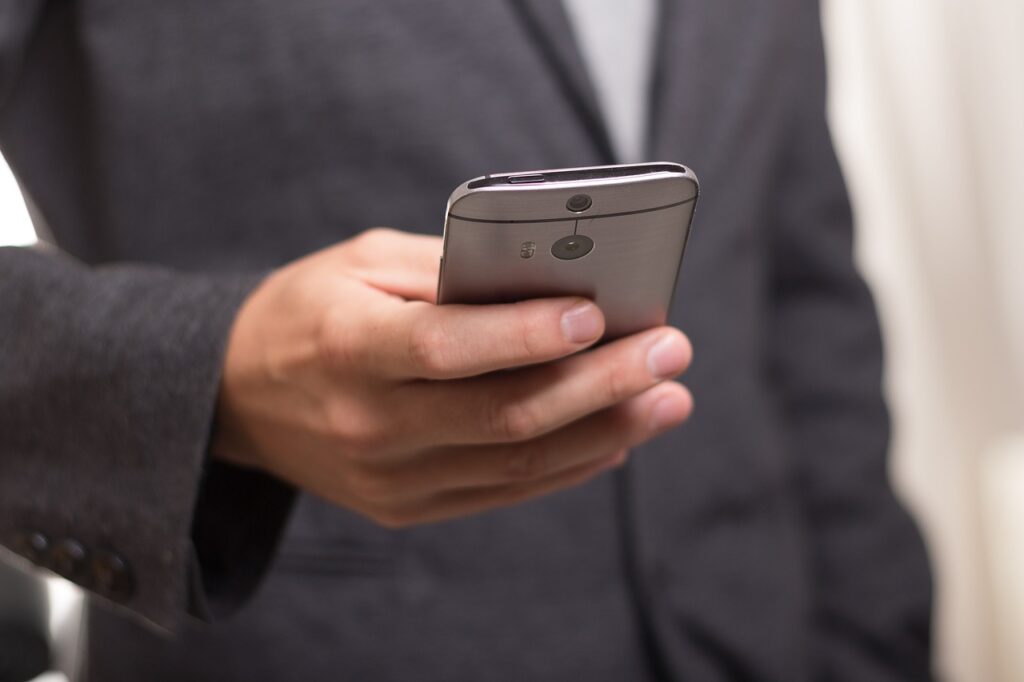Looking for a job in today’s climate is comparable to having a staring competition with the sun. You simply cannot win. While the Covid-19 pandemic has made the job market a bit elusive, you want to display any special skills you may have when given a chance.
Language gives us the ability to communicate with each other. Being multilingual only allows us to double our communication capabilities. Recent studies reveal that 50% of the world is multilingual and about 20% of households in the U.S. speak more than one language.
Being a connoisseur of multiple languages is a trait you want to flaunt whenever given an acceptable opportunity. Especially if it arises during a new employment vacancy, it may very well even be a requirement in some cases.
8 Tips of the Trade
Some of the top leading industries in the search for bilingual include financial services, health care, social services, sales and marketing, and public service. More so, you can considerably increase your chance of landing hands-on that much-awaited job opportunity.
Here we have compiled a list of guidelines to better prepare you for your multilingual interview.
- Before heading in for your interview, do thorough research about the company’s clientele. This will enable you to better understand the language you may have to show your expertise in. If the company has an outreach or has locations in Spain and you are bilingual in English and Spanish, it would be wise to clean up your Castilian Spanish and not your Mexican.
- Each language has its unique nuances. Ensure that you take a refresher course in the secondary language. This enables you to communicate fluently with a clear understanding from a cultural perspective.
- Additionally, it’s a wise idea to list any other languages you can read, write, or speak. Even if you are not completely fluent, it piques your new employer’s interest, which can better guide you in which language you should brush upon. Although a keynote to remember – always stick to English, or whatever the primary language spoken, unless the interviewer specifically asks you to speak the second language. If you wish to showcase your bilingual skills, you may always ask the interviewer if you can answer the questions in the second language.
- Number four on our list is a tip many take too lightly. However, it can make a major difference during your interview. When called in for a bilingual interview is a good idea to prepare a list of generic interview questions in both languages. Then ask a bilingual friend or family member to host a practice interview session. In this way, during the actual interview, you are not caught off guard. Also, during your interview, while you want to demonstrate a strong understanding of the second language, you want to avoid using colloquies and use limited idioms. This avoids any potentially embarrassing or offensive situations for you.
- Practice, practice, practice! The saying ”practice makes perfect” sets the tone for a bilingual interview. Use the secondary language wherever and whenever possible. This includes restaurants, social gatherings, classrooms, or pretty much anywhere you can get away with speaking a second language. This way, by the time you approach the interview date, you can easily switch between your two languages.
- At number six. The night before your interview, it’s crucial to get a good night’s worth of sleep. You do not want to sleep in or show up at your interview, looking super tired. You want your skills to shine and not your dark circles.
- Do not forget. You acquire a trade that is in demand – use it for your benefit. During your interview, you should show composure and enthusiasm. Make eye contact at all times. However, do not nod too much and always smile. Also, never forget to thank your interviewer for this gracious opportunity.
- Chances are that if you are bilingual, you are bicultural as well. Use this to your advantage. You can talk about how being bicultural has influenced you on a personal level. Maybe you’ve lived in a different country? Maybe helped out in an organization of the second language? Or even helped a colleague in a previous job who spoke the same language as you. Whatever it may be – recruiters love an inspirational story.
Do Not Get Ahead of Yourself
While recent studies indicate that bilingual people have the potential to earn nearly $10,000 more annually, it’s not something you should use to get ahead of yourself. Never for a moment forget that you will simply get the job just because you are fluent in a second language.
You still have to walk in and ace the actual interview.
The company will be hiring you based on your skillset. Being bilingual just happens to one of them. However, a keynote you want to uphold is to approach this subject with caution. Though a certain amount of transparency is required, never be the first to bring up the subject of salary.
Going Beyond The Interview

Following up after the interview is important. Whether it’s a thank you note or a phone call to the recruiter/manager you may have interviewed, it can make an everlasting impression. You may even get the chance to ask for some feedback and also ensure that your name stays fresh in their mind.
In Conclusion
Given the job market’s current situation, any additional attribute you can bring to the table only enhances your potential of earning the top spot. Having a special skill such as knowing a second language can give you a much-needed edge over the competition. However, simply knowing a second language is not enough. Knowing when, where, and how to showcase this skillset is equally vital. These top eight guidelines will set you on the right path to success.
Furthermore, suppose you’re having trouble brushing up on your second language. In that case, companies like Future Trans, which specializes in more than 100 languages, can help you transcribe any interview questions or address other concerns you may have.
Featured Image by Sue Styles from Pixabay
